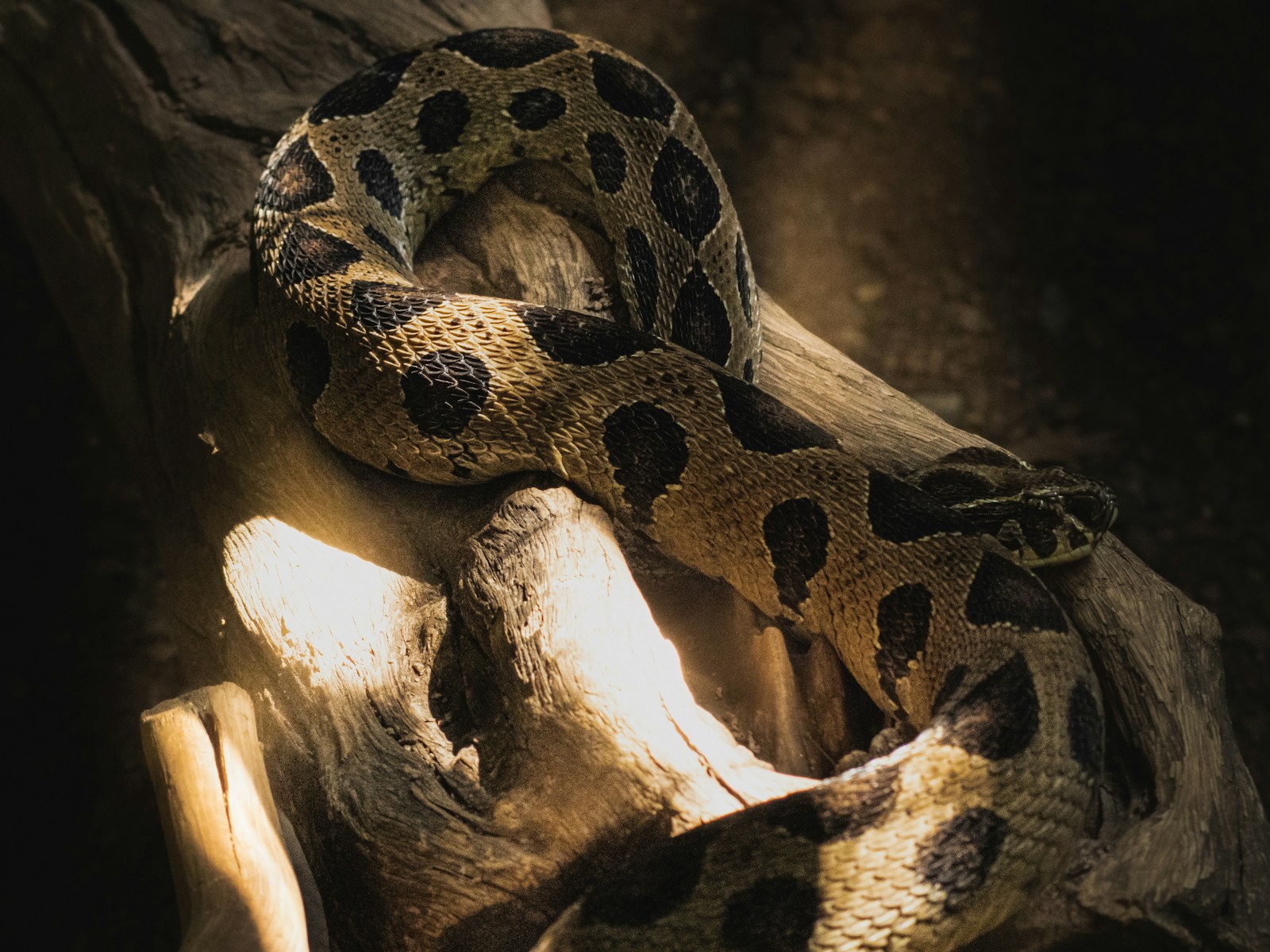In the covert game of survival, nature has perfected remarkable strategies that allow certain species to thrive against all odds. One of the most fascinating evolutionary adaptations is mimicry, where non-venomous snakes have evolved to resemble their more dangerous counterparts. Through specific color patterns, behaviors, and even body shapes, these harmless imposters create convincing illusions that make potential predators think twice before attacking. This sophisticated deception doesn’t just happen by chance—it’s the result of millions of years of natural selection favoring those individuals whose appearance offers the greatest protection. The world of serpentine mimicry provides a captivating glimpse into how evolution shapes survival strategies in the animal kingdom.
Understanding Batesian Mimicry in Snakes

Batesian mimicry represents one of nature’s most elegant defensive strategies, where harmless species evolve to resemble dangerous ones. In the snake world, this means non-venomous snakes developing markings, colors, and behaviors that mimic venomous species that predators have learned to avoid. The effectiveness of this mimicry depends on several factors: how accurately the mimic resembles the model, the relative abundance of both species, and how dangerous the model actually is. For the mimicry to work optimally, the venomous models must be common enough that predators regularly encounter them and learn their warning signals. Interestingly, if mimics become too abundant compared to their models, predators might start taking chances, potentially reducing the effectiveness of the mimicry over time.
The Scarlet Kingsnake’s Coral Snake Disguise
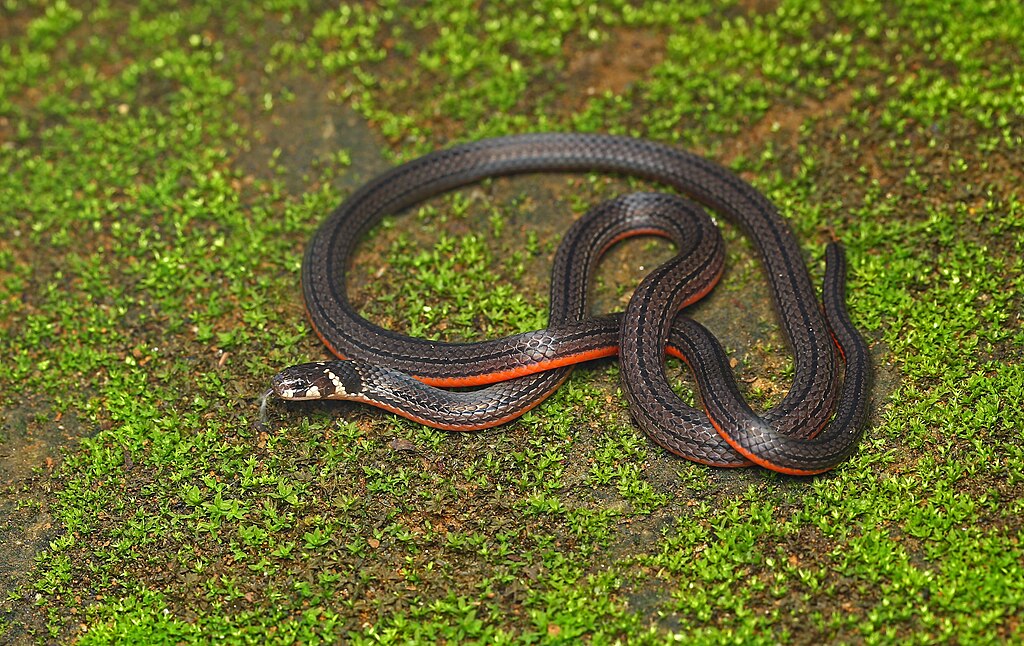
The Scarlet Kingsnake (Lampropeltis elapsoides) presents one of the most striking examples of mimicry in North American snakes. With its vibrant pattern of red, black, and yellow or white rings, this harmless snake bears a remarkable resemblance to the highly venomous Eastern Coral Snake. The similarity is so pronounced that it spawned the famous rhyme “Red touch yellow, kill a fellow; red touch black, friend of Jack” to help people distinguish between the two species. What makes this mimicry particularly fascinating is how the Scarlet Kingsnake’s range aligns with that of the Coral Snake—in regions where Coral Snakes are absent, Kingsnake populations tend to show less precise mimicry patterns. Research has demonstrated that this mimicry effectively deters predators, with birds and mammals showing similar avoidance behaviors toward both the mimic and the model.
The False Water Cobra’s Hooding Display
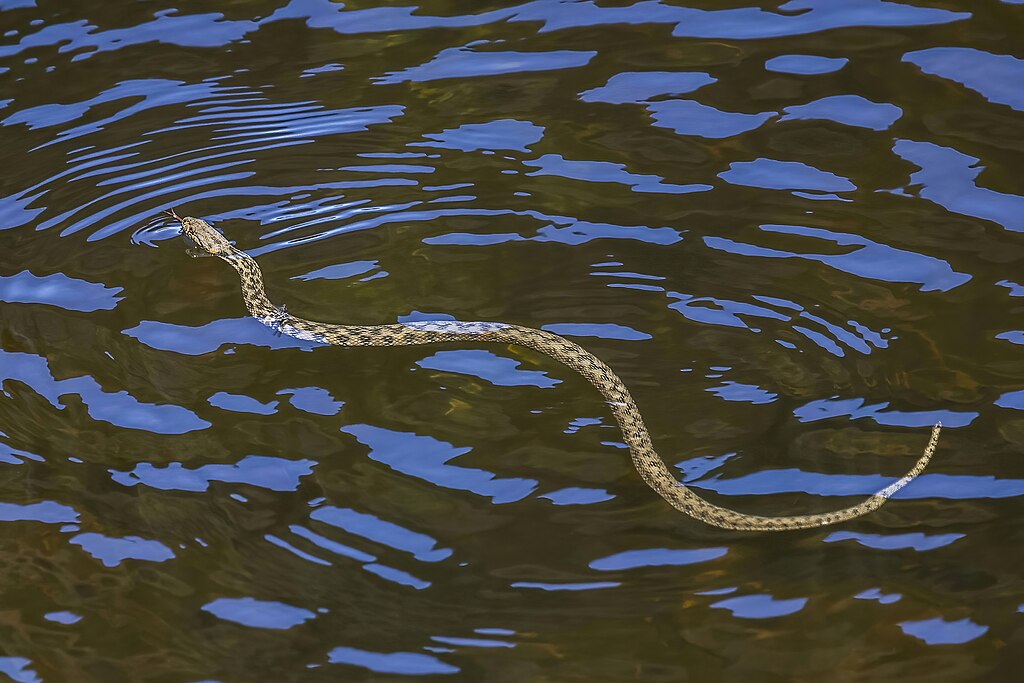
The False Water Cobra (Hydrodynastes gigas) from South America employs both visual and behavioral mimicry to enhance its survival chances. When threatened, this mildly venomous snake flattens its neck region to create a hood reminiscent of the true cobras, despite being only distantly related to them. This impressive display makes the snake appear larger and more intimidating, causing potential predators to reconsider their attack. Beyond just the physical display, False Water Cobras also mimic the defensive postures of true cobras, raising the front portion of their bodies and making short, aggressive strikes toward perceived threats. Though their venom is relatively mild and not typically dangerous to humans, this convincing cobra impersonation provides significant protection from a wide range of predators who have evolved to recognize and avoid the deadly true cobras.
Milk Snakes and Their Deadly Lookalikes
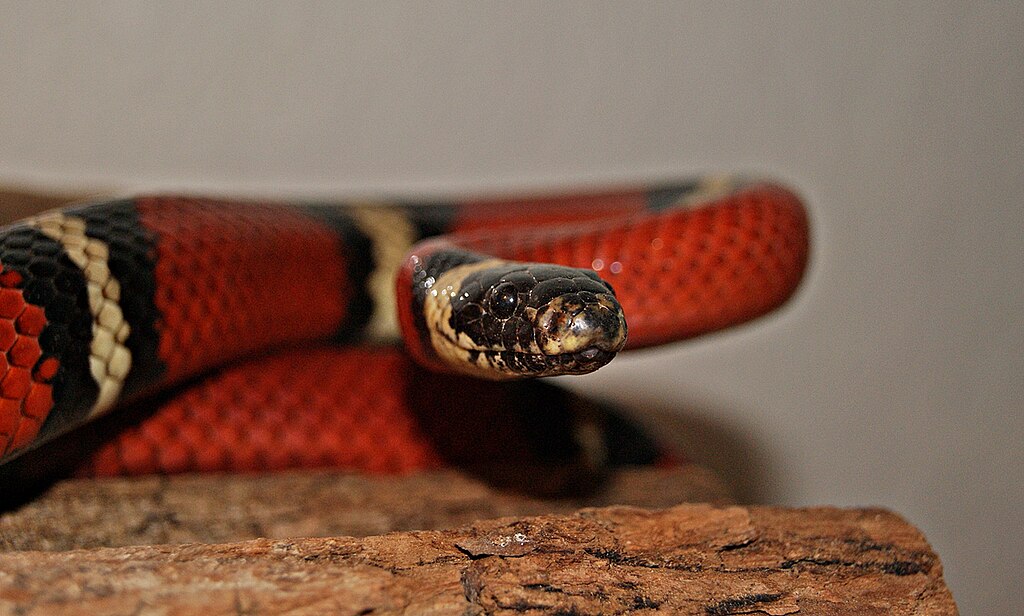
Milk Snakes (Lampropeltis triangulum) represent a diverse group of harmless colubrids that have evolved to mimic various venomous species across their extensive range throughout the Americas. Different subspecies of Milk Snakes have developed regional color patterns that resemble the most dangerous local venomous snakes—from Coral Snakes in the southern United States and Central America to vipers in other regions. Their tricolor patterns of red, black, and cream or yellow bands serve as effective warning signals to predators who cannot distinguish the subtle differences between these harmless mimics and their deadly models. Remarkably, the precision of this mimicry can vary geographically, with Milk Snakes showing more accurate resemblance to venomous species in areas where they co-occur frequently. This geographic variation provides scientists with a natural laboratory for studying how mimicry evolves and adapts to local conditions.
The Hognose Snake’s Multi-Faceted Deception
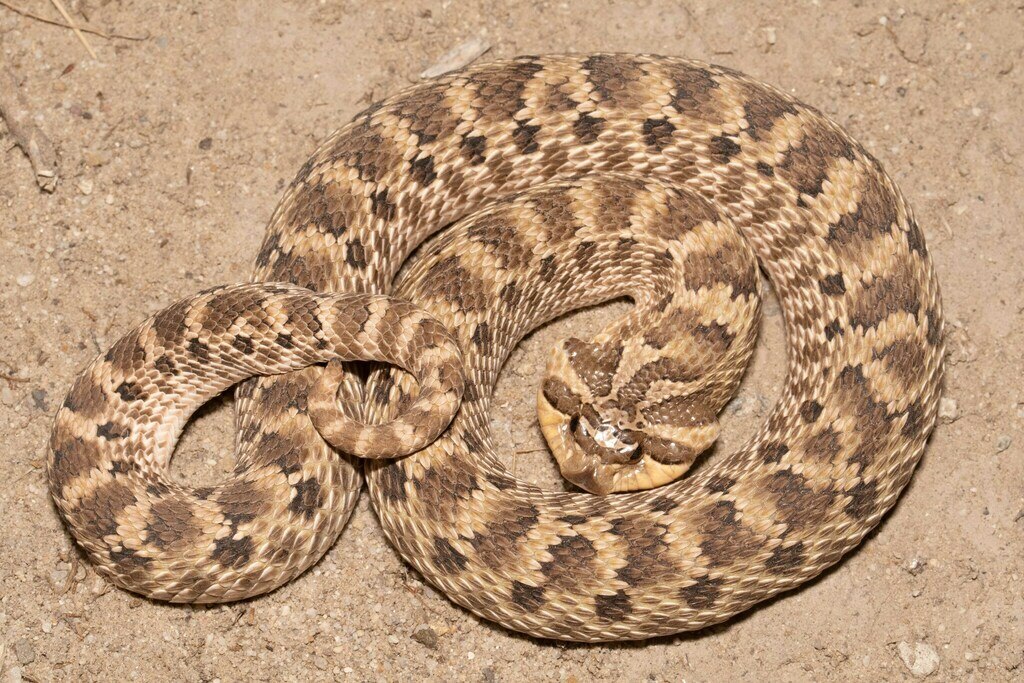
Hognose snakes (genus Heterodon) employ perhaps the most theatrical and comprehensive mimicry repertoire among non-venomous snakes. When threatened, these remarkable reptiles first flatten their heads and necks, puffing up to resemble the hooded display of a cobra while hissing loudly. If this initial bluff fails to deter a predator, they escalate to mock strikes with closed mouths, convincingly mimicking the aggressive behavior of vipers. The performance doesn’t end there—if physically contacted, hognose snakes execute an elaborate death-feigning display, rolling onto their backs with mouths open and tongues hanging out, sometimes even releasing a foul-smelling musk and blood from their cloaca. This multi-stage defensive strategy incorporates elements of both Batesian mimicry and behavioral deception, making hognose snakes masters of survival theater that confound predators through multiple sensory channels.
The Evolution of Color Pattern Mimicry

The evolution of color pattern mimicry in snakes represents a fascinating case study in natural selection at work. For a non-venomous snake to evolve venomous-looking patterns, there must be strong selective pressure where individuals with even slightly similar coloration to venomous species gain survival advantages. Over generations, those snakes with patterns most closely resembling dangerous species survive at higher rates, gradually refining the mimicry through genetic selection. Molecular studies have revealed that the genes controlling these color patterns can evolve relatively quickly under strong selective pressure from predation. Interestingly, perfect mimicry isn’t always necessary—research shows that sometimes just approximating the general appearance of a dangerous species provides significant protection, explaining why some mimics don’t perfectly match their models. The convergent evolution of similar warning patterns across unrelated snake species around the world underscores how powerful and universal this selective pressure has been throughout snake evolutionary history.
Behavioral Mimicry Tactics
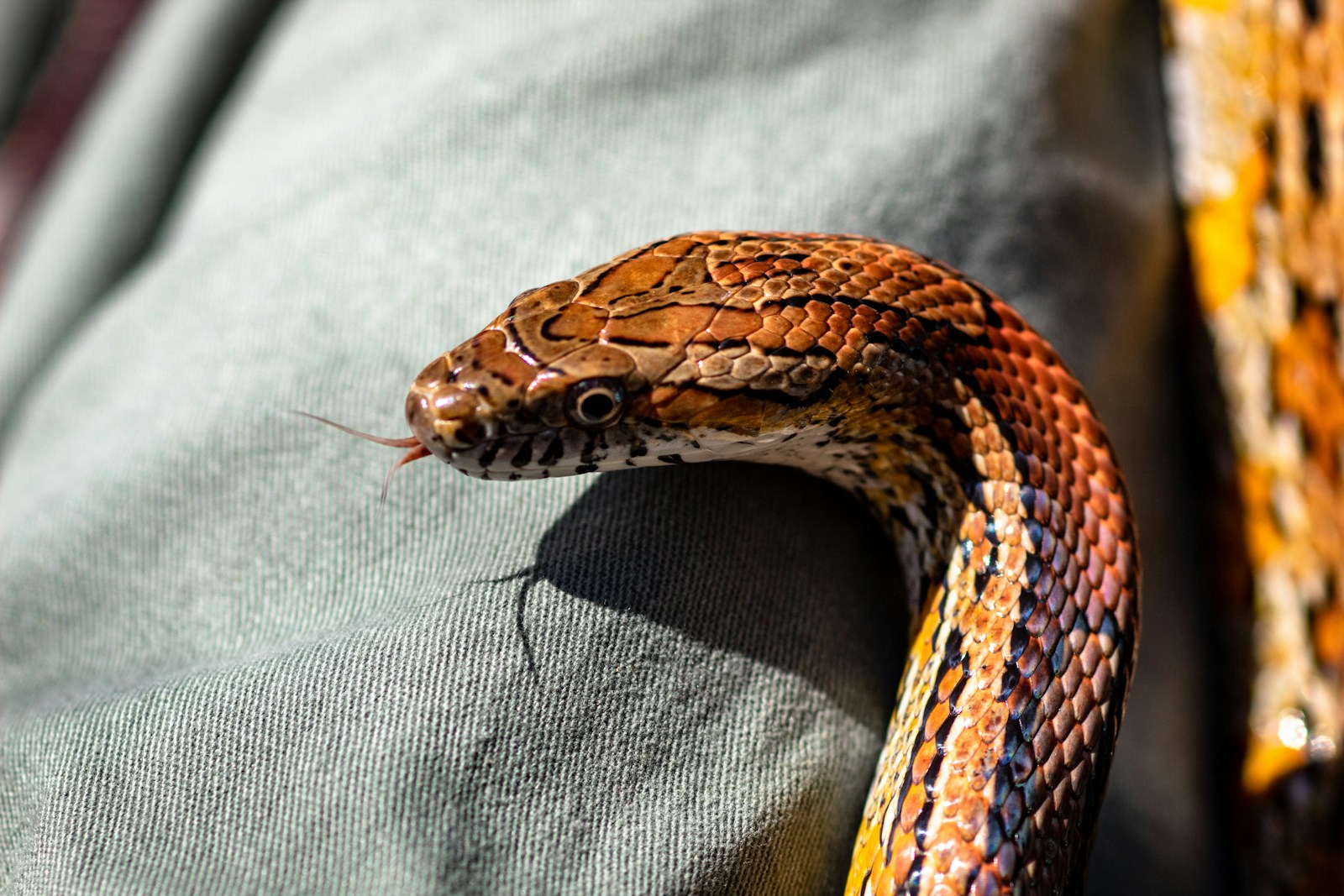
Beyond physical appearance, many non-venomous snakes have evolved sophisticated behavioral mimicry that enhances their deceptive disguises. When threatened, these mimics often adopt the distinctive defensive postures of venomous species—elevating their heads, flattening their necks, vibrating their tails, or making exaggerated strike displays without actually biting. Some species like the harmless Eastern Hognose Snake will vibrate their tails in leaf litter, creating a sound remarkably similar to a rattlesnake’s warning. Others, such as certain rat snakes, have learned to flatten their heads into a triangular shape resembling the distinctive head profile of vipers when feeling threatened. Perhaps most impressively, some non-venomous species like the Black Rat Snake will mimic the precision and style of strikes characteristic of vipers—launching controlled, measured attacks rather than the more erratic defensive bites typical of their kind. These behavioral adaptations often prove just as effective as color mimicry in deterring predators who have learned to recognize the warning signs of dangerous snakes.
Geographic Variations in Snake Mimicry
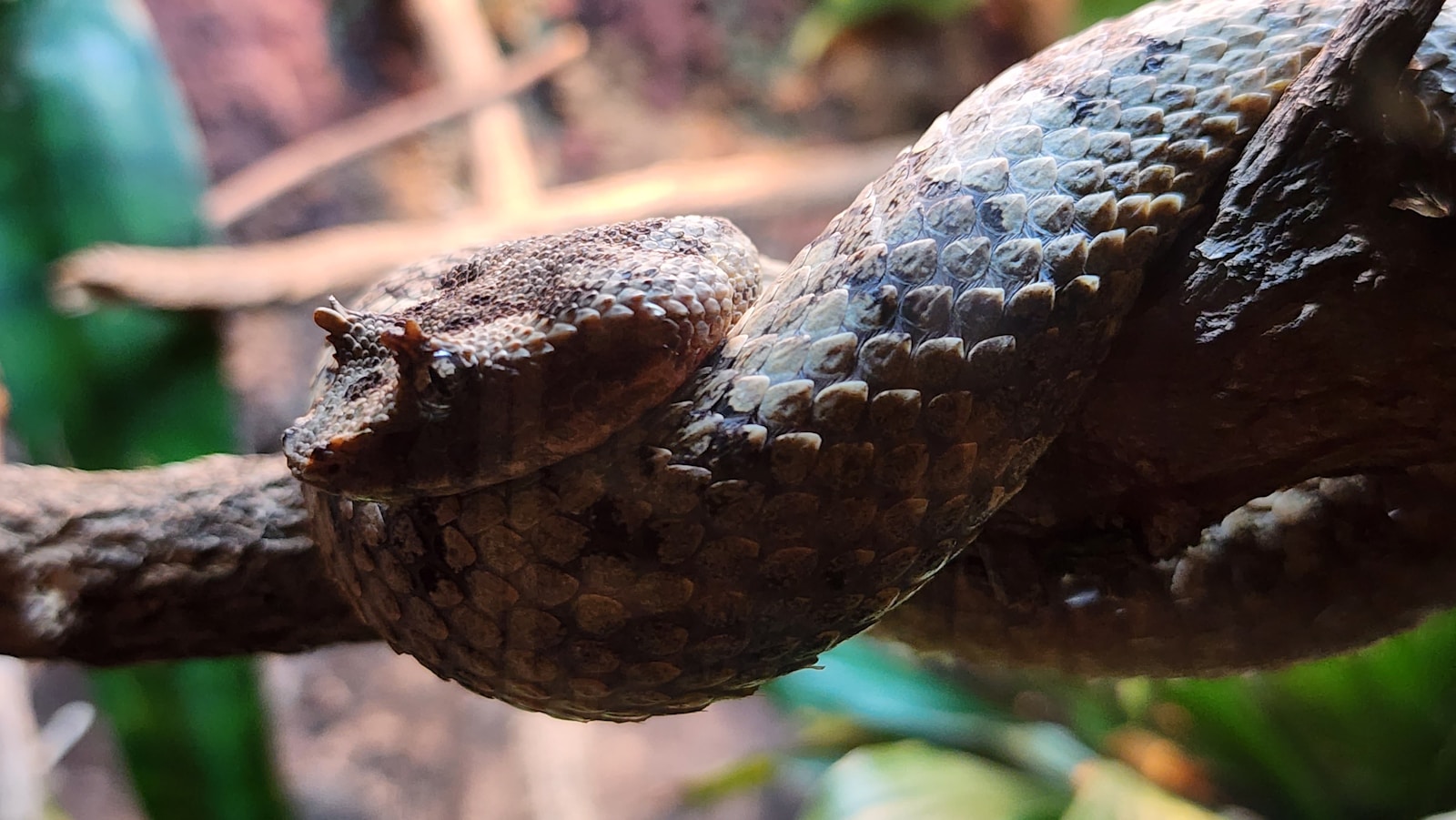
The precision and prevalence of mimicry in snake populations show fascinating geographic patterns that reveal much about how this adaptation evolves. In regions where venomous models are abundant, mimics tend to display more accurate resemblances in both coloration and pattern. Researchers studying Scarlet Kingsnakes discovered that their resemblance to Coral Snakes decreases with distance from areas where the venomous models live, creating a “mimicry gradient” across the landscape. Similar patterns have been observed with Milk Snake subspecies, which show remarkable local adaptations to mimic whatever venomous species predominate in their specific region. These geographic variations provide scientists with natural experiments to understand the selective pressures driving mimicry evolution. Climate can also influence mimicry patterns, with some studies suggesting that in regions where predator activity seasons are longer, the selection pressure for accurate mimicry becomes even stronger, resulting in more precise mimics.
How Predators Respond to Snake Mimics
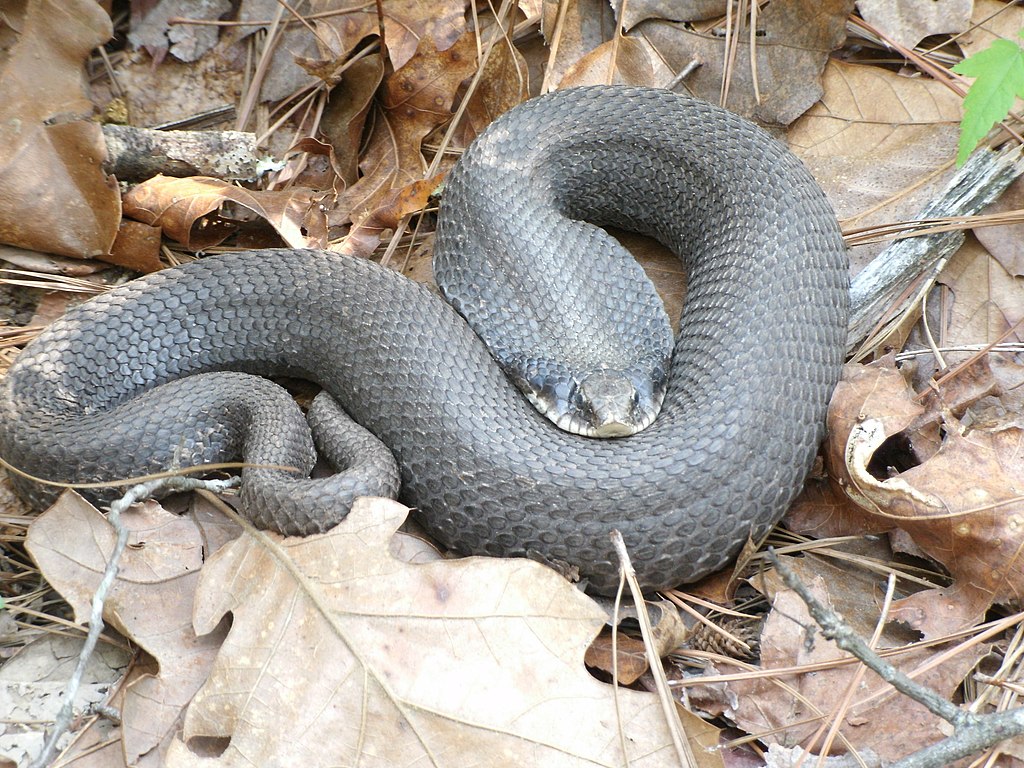
The effectiveness of snake mimicry ultimately depends on how predators perceive and respond to these deceptive signals. Birds represent one of the major predator groups that drive the evolution of snake mimicry, as they have excellent color vision and often encounter snakes while hunting. Research has demonstrated that naive predators—those without prior experience with venomous snakes—can still exhibit innate avoidance of certain color patterns, suggesting some predators may have evolved instinctive responses to warning coloration. Experienced predators learn to associate specific patterns with negative experiences, strengthening avoidance behaviors over time. Fascinating experiments have shown that predators can distinguish between perfect mimics and imperfect ones, but often avoid both if the cost of making a mistake (attacking a venomous snake) outweighs the benefit of obtaining a meal. This predator psychology creates what scientists call a “spectrum of protection,” where even imperfect mimics receive some benefit, explaining why varying degrees of mimicry persist in snake populations.
The False Coral Snakes of Latin America

Throughout Latin America, an impressive array of harmless and mildly venomous colubrid snakes have evolved to mimic the region’s deadly coral snakes, creating one of the most diverse mimicry complexes known. Species like those in the genus Oxyrhopus, Erythrolamprus, and Pliocercus display the characteristic red, black, and yellow/white banding patterns that signal danger to predators familiar with true coral snakes. What makes this mimicry system particularly interesting is the regional variation in how precisely these false coral snakes match their models. In areas with multiple species of true coral snakes, mimics often display a blend of features that approximate the general “coral snake appearance” rather than perfectly matching any single species. This phenomenon, known as imprecise mimicry, suggests that predators may respond to generalized warning patterns rather than requiring exact matches. Some false coral snake species even exhibit ontogenetic changes in their mimicry, with juveniles showing more precise coral snake patterns when they’re most vulnerable, while adults develop less accurate patterns once they’ve reached a size that offers better protection from certain predators.
Rattlesnake Mimics and Tail Vibration
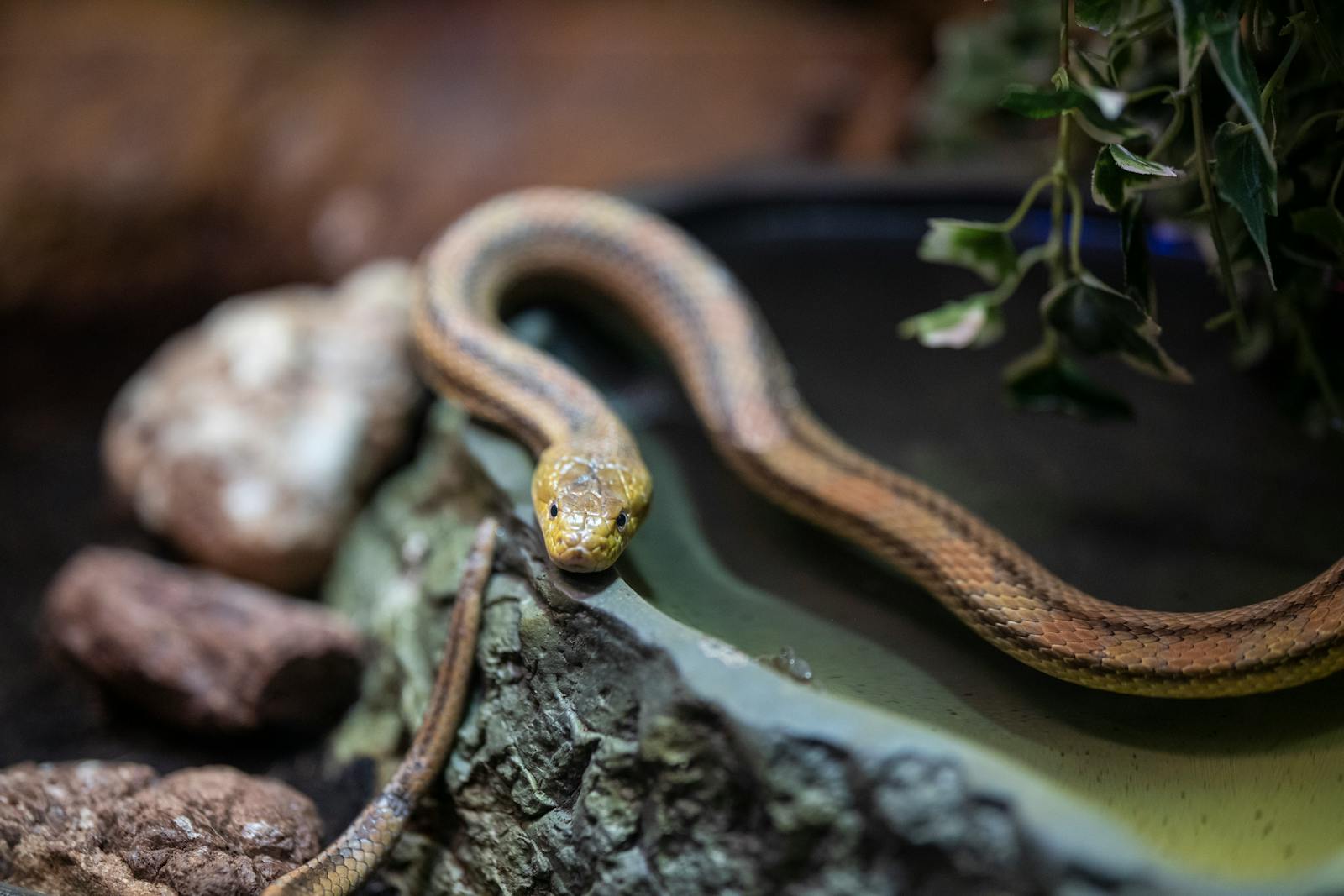
Across North America, several non-venomous snake species have developed an effective behavioral mimicry of rattlesnakes, despite lacking the specialized rattle structure. Species such as Gopher Snakes, Bull Snakes, and Rat Snakes will rapidly vibrate their tails when threatened, creating a buzzing sound when the tail contacts dry leaves or debris that closely resembles a rattlesnake’s warning. This behavior is typically accompanied by coiling into a strike position, hissing loudly, and flattening the head to appear more triangular—all characteristics of true rattlesnakes. The effectiveness of this mimicry is enhanced by the fact that many of these species have evolved in sympatry with rattlesnakes, occupying the same habitats and encountering the same predators. Research has shown that predators who have had negative experiences with rattlesnakes will avoid snakes exhibiting these behavioral traits, even when they lack the characteristic rattlesnake coloration. This form of acoustic and behavioral mimicry demonstrates how natural selection can favor traits that exploit predators’ learned or innate fears, even without the need for visual similarity.
Imperfect Mimicry: When Close Enough Works

The existence of imperfect mimics in snake populations presents an evolutionary puzzle that continues to fascinate biologists. Theory suggests natural selection should favor ever more perfect mimicry, yet many snake species maintain only rough approximations of their venomous models. Several hypotheses explain this phenomenon, including the “eye of the beholder” concept—where what appears imperfect to human observers may actually be quite effective against the visual systems of relevant predators. Another explanation involves the predator psychology principle of “categorical perception,” where predators mentally group similar-looking prey into discrete categories rather than making fine distinctions. Some research suggests that when the venomous model is particularly dangerous, even poor mimics receive significant protection because predators favor caution when the cost of a mistake is high. Distance and speed also play roles, as many predator-prey interactions happen quickly and at distances where subtle pattern differences become indistinguishable, allowing imperfect mimics to benefit from the same protection as their more accurate counterparts.
Human Perceptions and Misidentification Risks
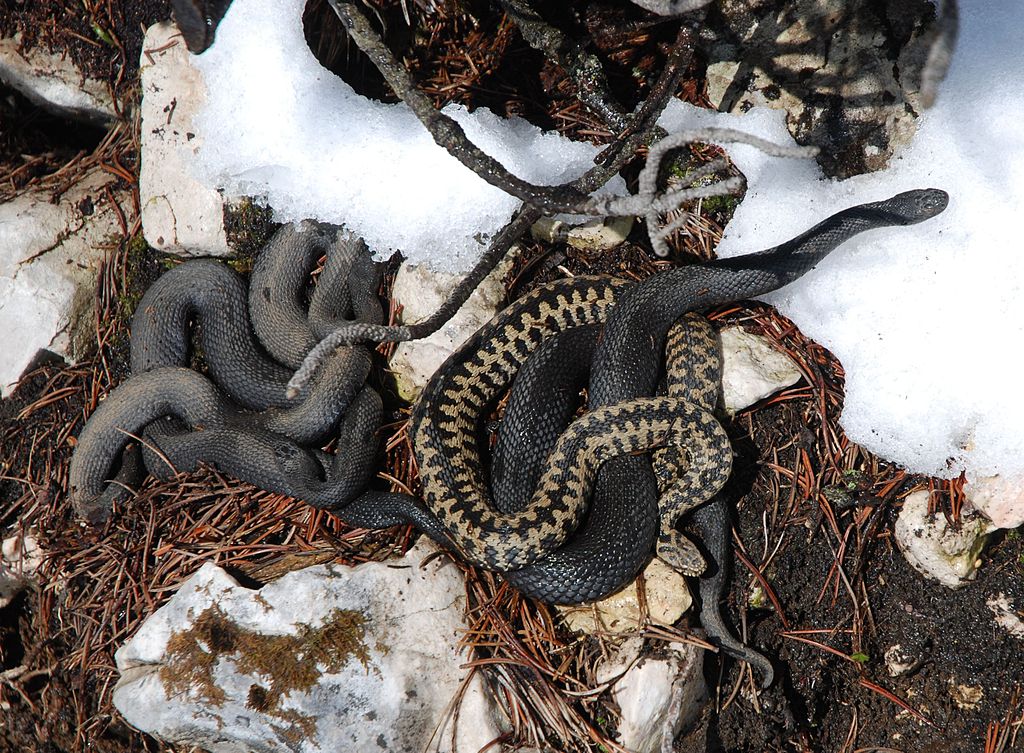
The effectiveness of snake mimicry creates genuine challenges for humans attempting to differentiate between harmless mimics and their venomous models. This confusion occasionally leads to unnecessary killing of beneficial, non-venomous species out of misplaced fear. Educational efforts using rhymes like “Red touch yellow, kill a fellow; red touch black, friend of Jack” for coral snake identification have helped in some regions, but these simplified rules don’t work universally and can sometimes lead to dangerous misidentifications. In rural areas where snakes are frequently encountered, community education programs that teach specific identification features beyond just color patterns have proven more effective. Digital technologies including smartphone apps with image recognition capabilities are increasingly helping people make accurate identifications in the field. Conservation biologists emphasize the ecological importance of these mimics, as they typically consume rodents and other pest species, providing valuable ecosystem services that benefit human communities when these snakes are protected rather than persecuted.
The Future of Snake Mimicry in Changing Environments
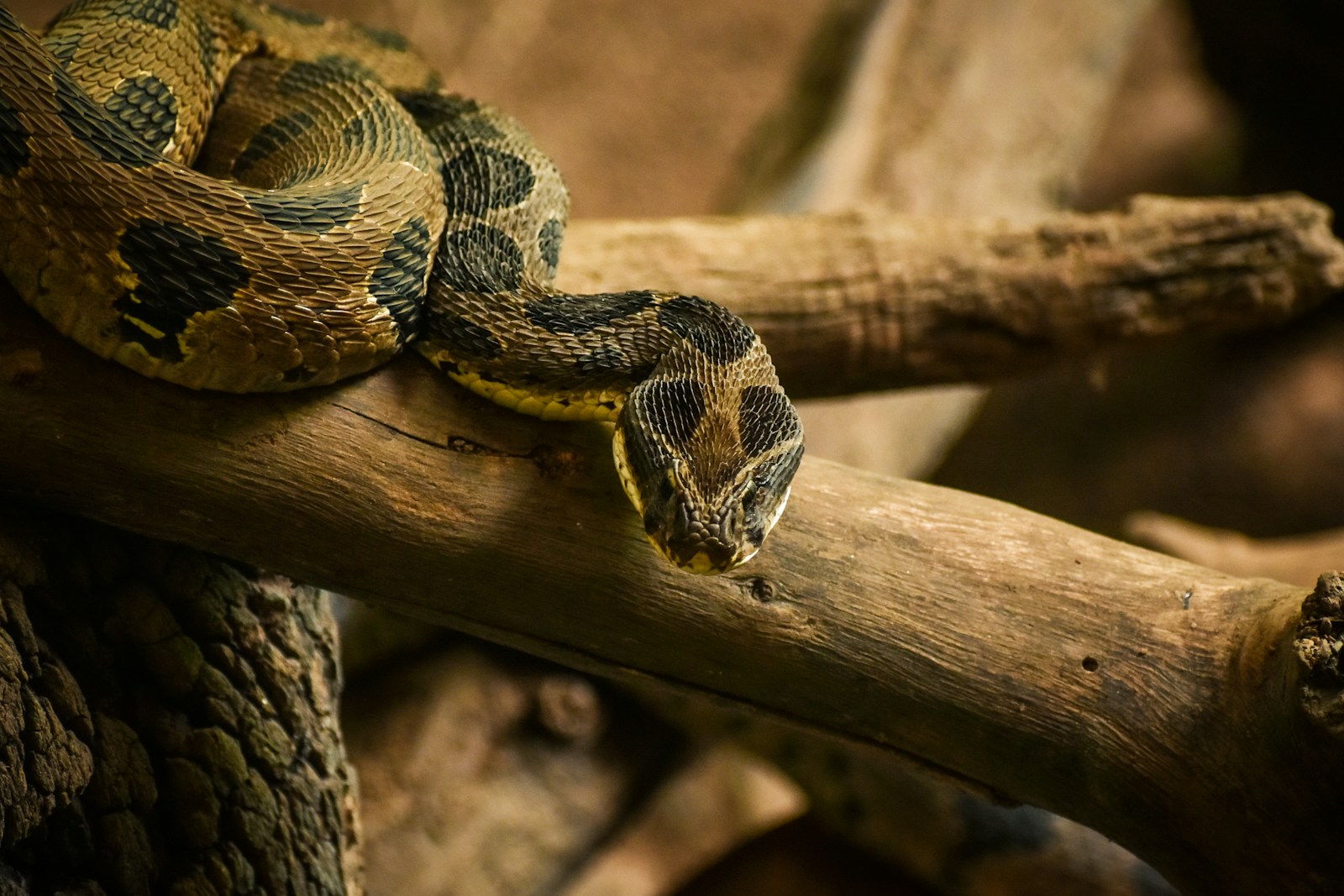
As human activities continue to transform landscapes and alter ecosystems, the delicate balance sustaining effective mimicry systems faces new challenges. Habitat fragmentation can isolate populations of mimics from their models, potentially reducing the effectiveness of their deceptive adaptations over time. Climate change may shift the ranges of venomous species and their mimics differently, creating mismatches in distributions that could weaken the protective value of mimicry. Additionally, human persecution often targets venomous species more intensively, potentially reducing model populations below the threshold needed to reinforce predator learning. The evolutionary future of mimicry systems may depend on how quickly mimics can adapt to these changing conditions. Some research suggests that selection pressure could actually intensify in disturbed habitats where predator-prey interactions become concentrated in smaller areas, potentially driving even more precise mimicry. Understanding these dynamics has important conservation implications, as effective protection of both mimics and models may be necessary to preserve these fascinating evolutionary relationships that have developed over millions of years.
The remarkable world of snake mimicry reveals nature’s ingenuity in the endless evolutionary arms race between predator and prey. From the perfect color patterns of Scarlet Kingsnakes to the theatrical death-feigning of Hognose Snakes, these adaptations showcase the power of natural selection to craft convincing illusions. What makes these mimicry systems particularly fascinating is their complexity—involving visual cues, behaviors, and even sounds that together create comprehensive deceptive packages. As scientists continue to study these relationships, they uncover new insights into evolutionary processes, predator psychology, and the delicate ecological balances that maintain these systems. In a world of eat or be eaten, the harmless snakes that have mastered the art of appearing dangerous demonstrate that sometimes, the best defense is a good pretense.

